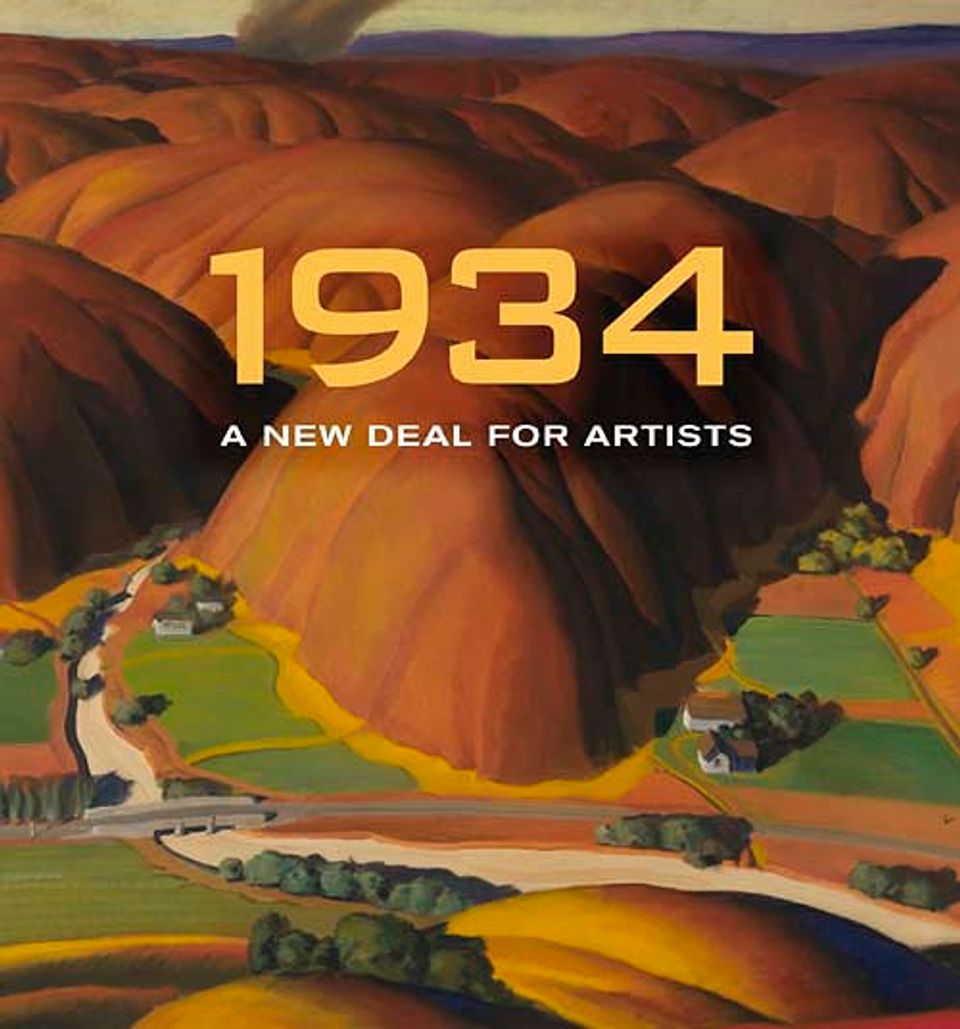Artwork Details
- Title
- Juan Duran
- Artist
- Date
- 1933-1934
- Location
- Not on view
- Dimensions
- 40 1⁄8 x 30 1⁄8 in. (102.0 x 76.5 cm.)
- Credit Line
- Transfer from the U.S. Department of Labor
- Mediums
- Mediums Description
- oil on canvas
- Classifications
- Subjects
- Portrait male — Duran, Juan — knee length
- New Deal — Public Works of Art Project — New Mexico
- Mexican
- Object Number
- 1964.1.148
Artwork Description
1934: A New Deal for Artists exhibition label
Kenneth Adams painted Juan Duran as a proud laborer taking a cigarette break. Duran's heavy coat and blue overalls underscore his enduring strength and echo the folds around his weary eyes. The artist emphasized Duran's strong hands by placing them prominently on his knees, reinforcing the value of manual labor. Like many artists of the 1930s, Adams worked for the Works Progress Administration. He and his peers created images that gave dignity to laborers and helped the artists themselves to feel as though they were valued members of the workforce.















